Rough-terrain forklifts are used where conventional industrial forklifts quickly reach their limits . Unpaved surfaces, inclines, loose bulk materials, or changing terrain – moving pallets or materials here requires more than just load capacity. But when do you actually call it an rough-terrain forklift? And when might a telehandler (roto) be the better choice?
This article provides you with the answers – technically sound, practical, and clearly defined. Ideal for construction companies, material logistics, leasing, or procurement.
What makes an off-road forklift?
An off-road forklift isn't an industrial forklift with chunky tires—it's a distinct class of machine designed for off-road use. What matters is not just its looks, but also the combination of technical features that make it suitable for off-road use.
Features of an off-road forklift
A real off-road forklift is characterized by the following technical features:
- Large diameter, coarse-tread pneumatic tires for maximum traction
- All-wheel drive or differential-controlled rear axle for uneven ground
- High ground clearance to drive over edges, stones or mud
- Robust chassis and solid frame, partly with swing axle
- Powerful hydraulic performance for fast movements under load
- Optional: Weather protection cabin for outdoor use
These machines are built for outdoor use under real construction site conditions – with changing soils, inclines or uneven surfaces.
Typical applications for off-road forklifts
On the construction site
Whether it's shell construction, civil engineering, or large-scale assembly: wherever work is being carried out on gravel, earth, or unpaved surfaces, the rough-terrain forklift is often the first choice. It reliably transports building materials, formwork, precast concrete elements, or pallets to their destination – even with restricted access.
In industry
The off-road forklift can also demonstrate its advantages on industrial sites with poorly paved roads or large storage areas, especially when goods are regularly moved between the warehouse and the yard – for example, in metal processing, recycling, or sawmills.
In agriculture
Farmers and forestry companies are increasingly turning to off-road forklifts when they are looking for compact, high-capacity machines with stacking functions – without having to invest in large telescopic technology.
Off-road forklift or telehandler?
When it's not just about driving on loose ground, but also great reach or heights, so-called telehandlers – also called roto-telehandlers – come into play. They combine off-road capability with an extendable telescopic arm and can often also be rotated (roto).
When is a telehandler the better choice?
A telehandler is ideal when loads need to be lifted over obstacles or extended sideways – for example, when loading building materials onto multi-story structures, during facade construction, roof work, or when loading and unloading trucks from just one side.
For whom is a classic off-road forklift sufficient?
An all-terrain forklift is the right choice when it comes to robust handling on difficult terrain, but without the reach or height requirements of a telehandler.
When is it an off-road forklift?
| feature | industrial forklifts | off-road forklift | Telehandler (Roto) |
|---|---|---|---|
| Underground | Paved floors (hall, asphalt) | Unpaved, gravel, mud, terrain | Unpaved, terrain & construction site |
| Tires | Solid rubber or super elastic | Coarse-tread pneumatic tires | Coarse-tread pneumatic tires (often larger) |
| Ground clearance | Low | High | Very high |
| drive | Rear-wheel drive (rarely all-wheel drive) | All-wheel drive or differential lock | All-wheel drive as standard |
| lifting system | Mast with lifting fork | Mast with lifting fork | Telescopic arm, optionally rotatable (Roto) |
| Reach / projection | Very limited | Limited | High, with lateral reach |
| Rotating superstructure | No | No | Yes (Roto) |
| Typical use | Internal logistics, warehouse, industry | Construction site, outdoor storage, recycling | Assembly, building construction, facades, special logistics |
| Operation | Simply | Easy to medium | More complex, often with instruction |
| Price level / rent | Cheap | Medium | Higher (depending on equipment) |
Rent an off-road forklift – stay flexible with changing requirements
Especially in the construction industry or in seasonal businesses, it rarely makes sense to keep an all-terrain forklift on hand. The need is too project-dependent, and requirements fluctuate too much.
Renting offers maximum flexibility : You get exactly the equipment you need for your current application – with the right tires, equipment, and load capacity. Your rental partner takes care of maintenance, transport, and return. This reduces investment risks and keeps you up to date with the latest technology.
At BIBERGER, you can choose from a variety of off-road forklift models, including those from Manitou , ranging from compact all-rounders to powerful heavy-duty models. Upon request, we can also advise you on the question: "Forklift or telehandler – which is better suited to your project?"
Conclusion: Who needs which forklift – and why?
An off-road forklift isn't a specialized piece of equipment, but rather a robust solution for real-world problems: difficult terrain, changing construction sites, and spontaneous material logistics. It's powerful, off-road capable, and easy to operate – especially when it's "just" about transport.
If you need additional reach, height or lateral positioning, you are better off with a telehandler (Roto) – for example in building construction, facade work or assembly work with changing approach points.
Whether you need an all-terrain or telehandler, the right choice always depends on the application. And that's exactly where we support you: with practical advice, suitable rental equipment, and technology that works – on any surface.


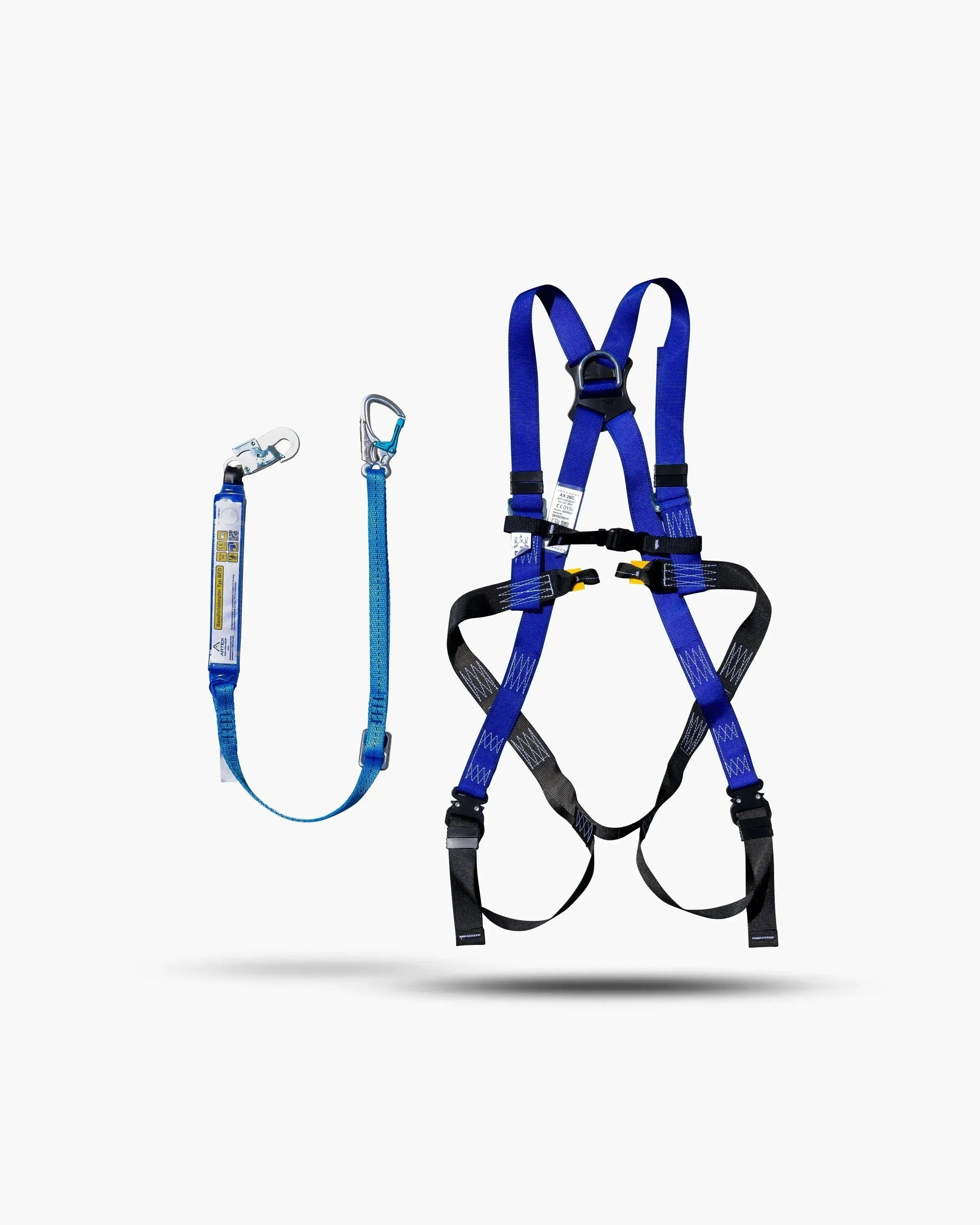


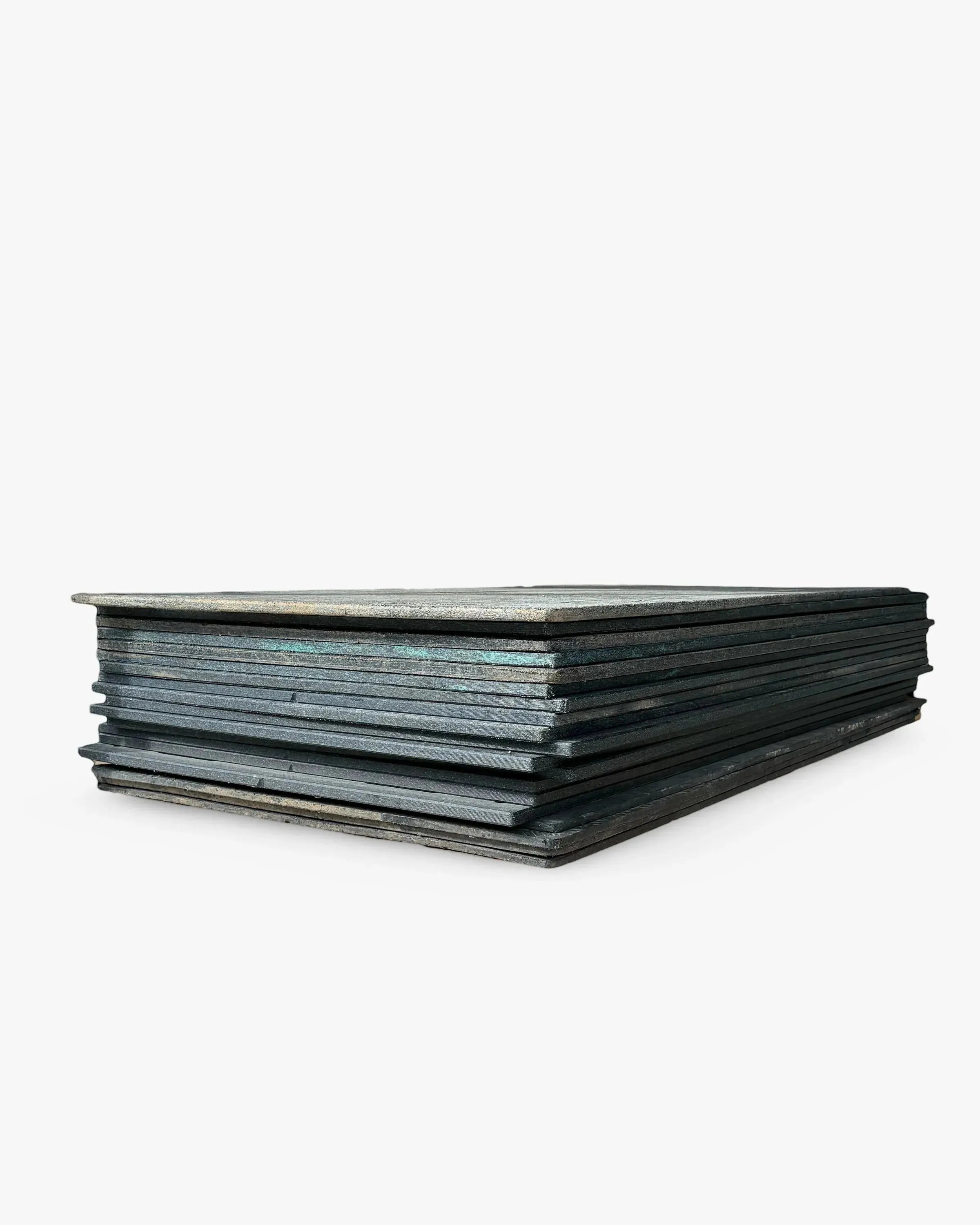

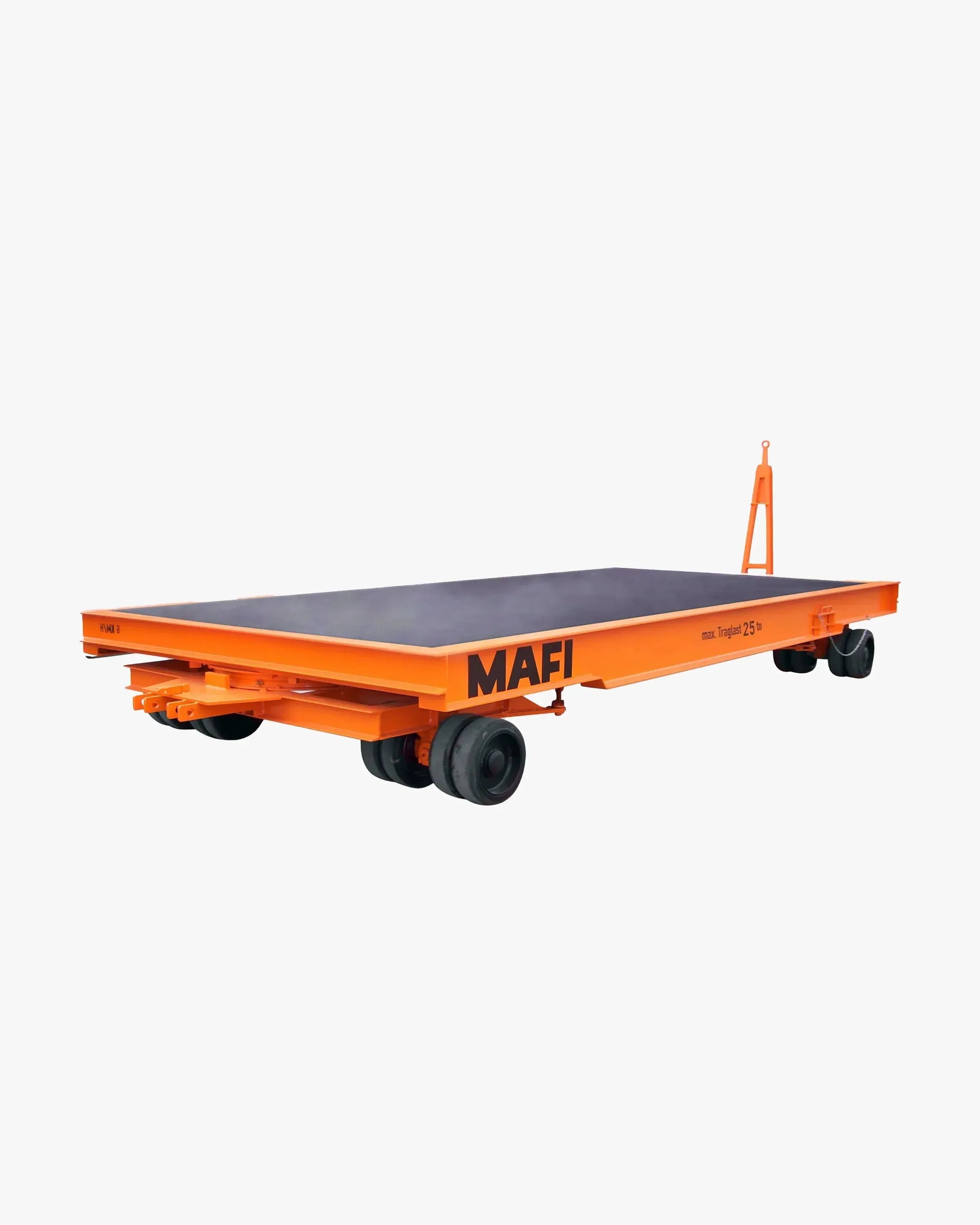
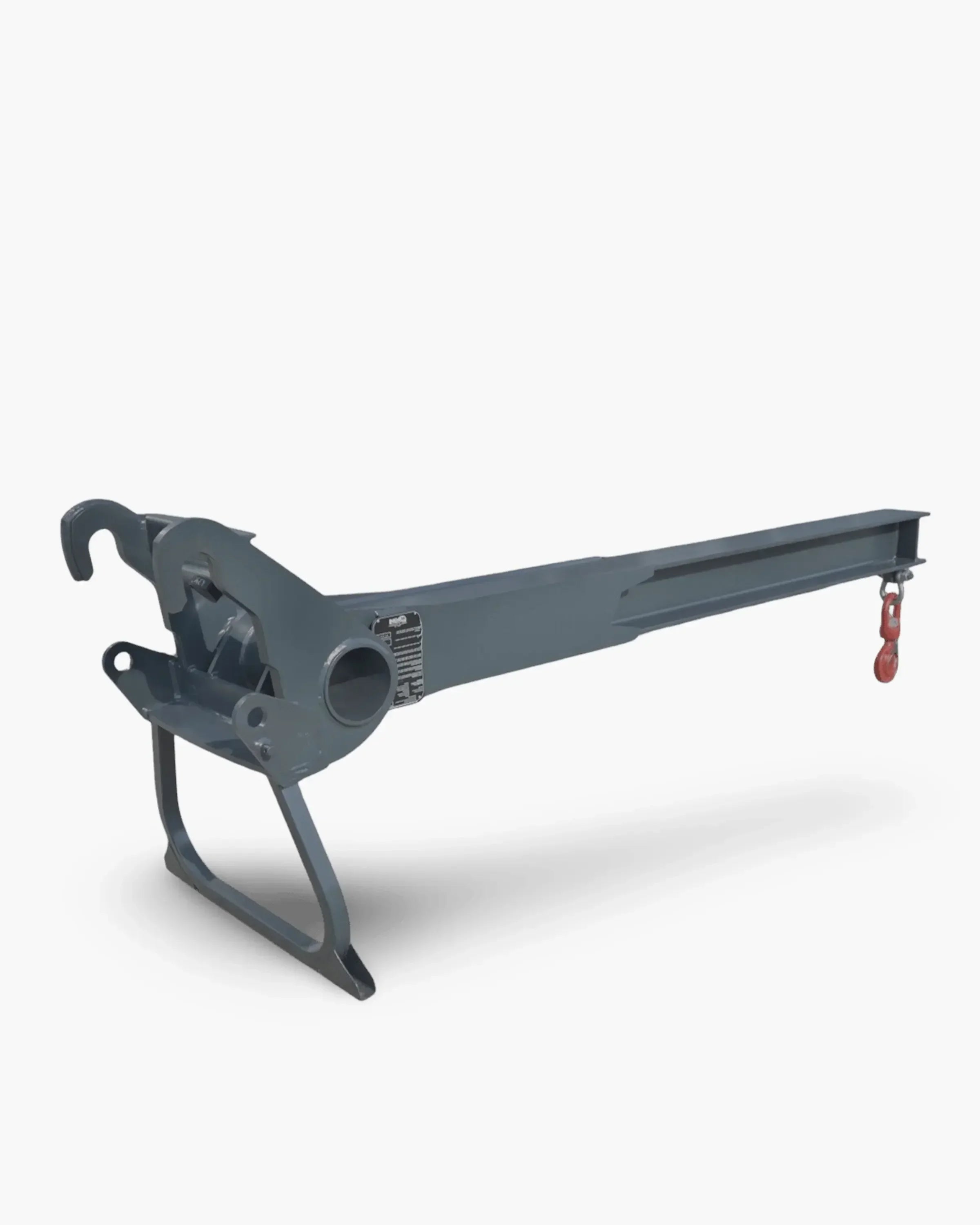
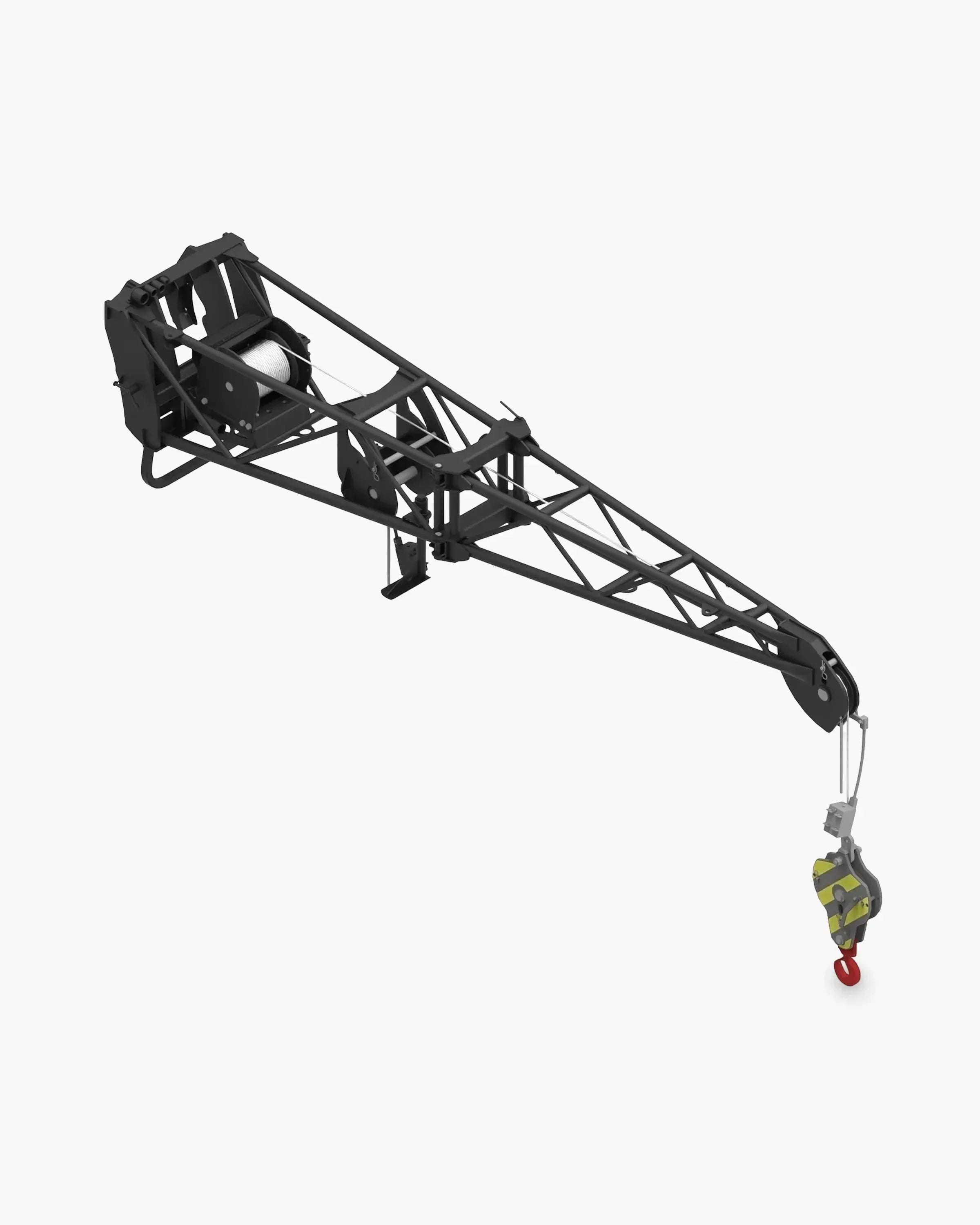
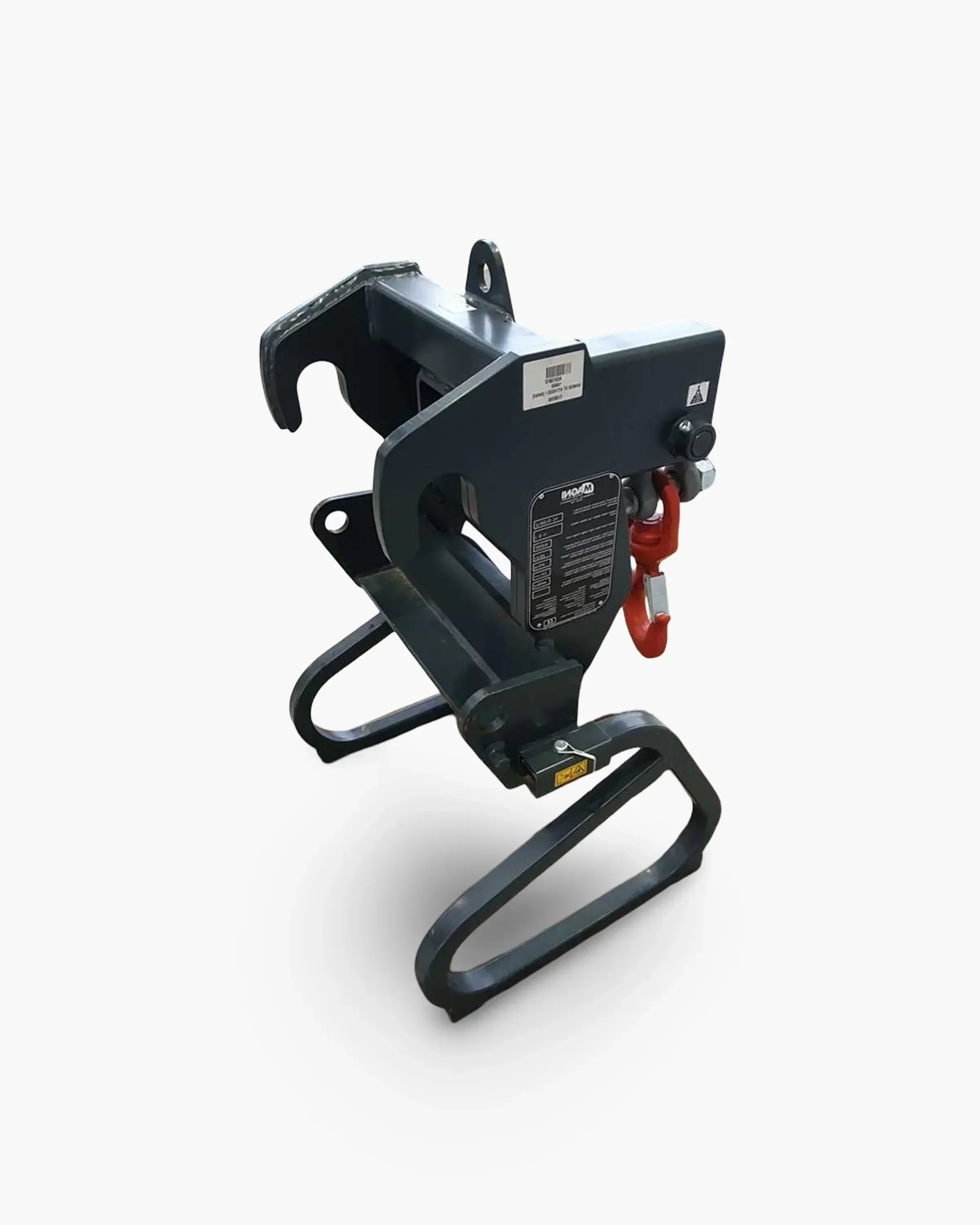

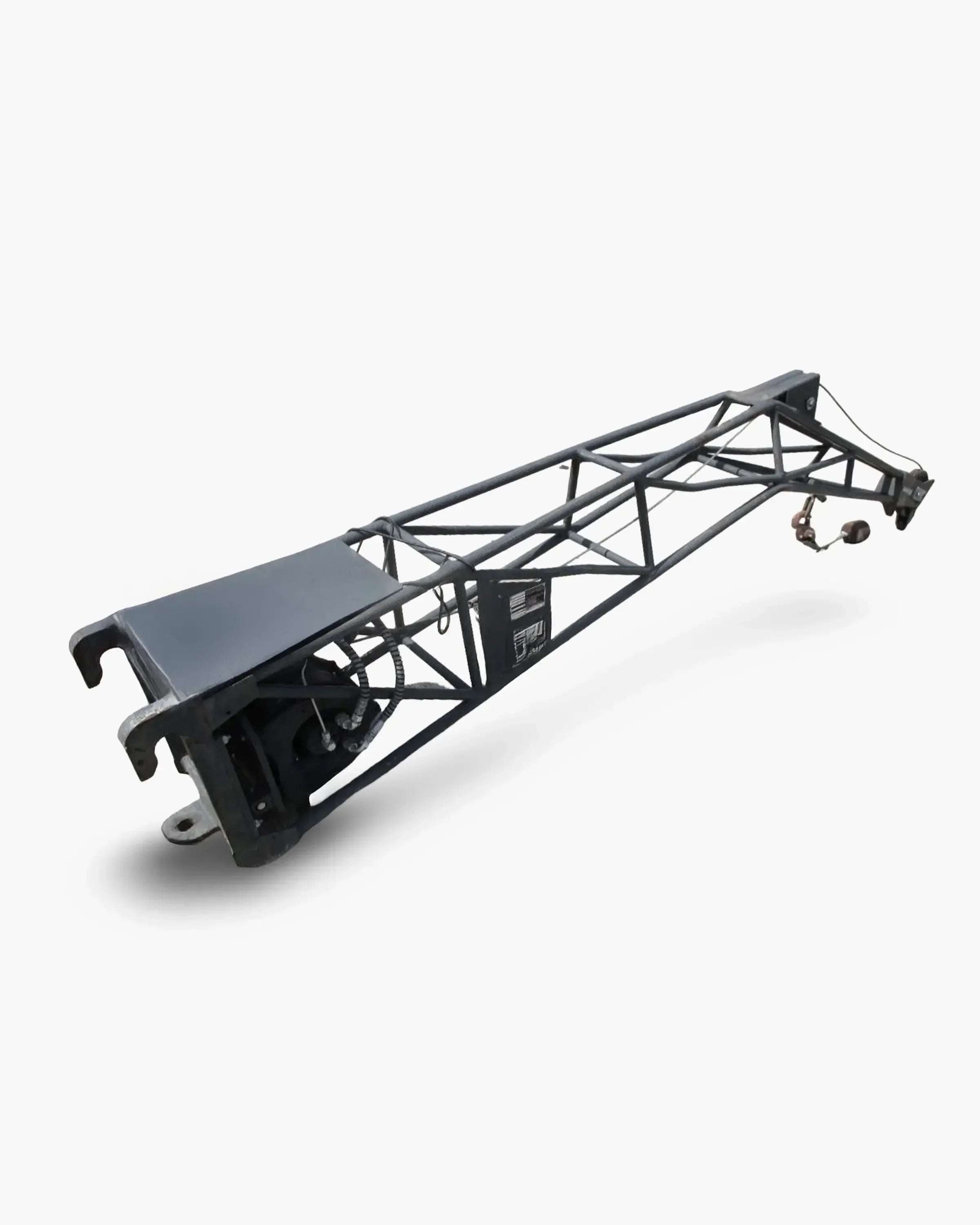
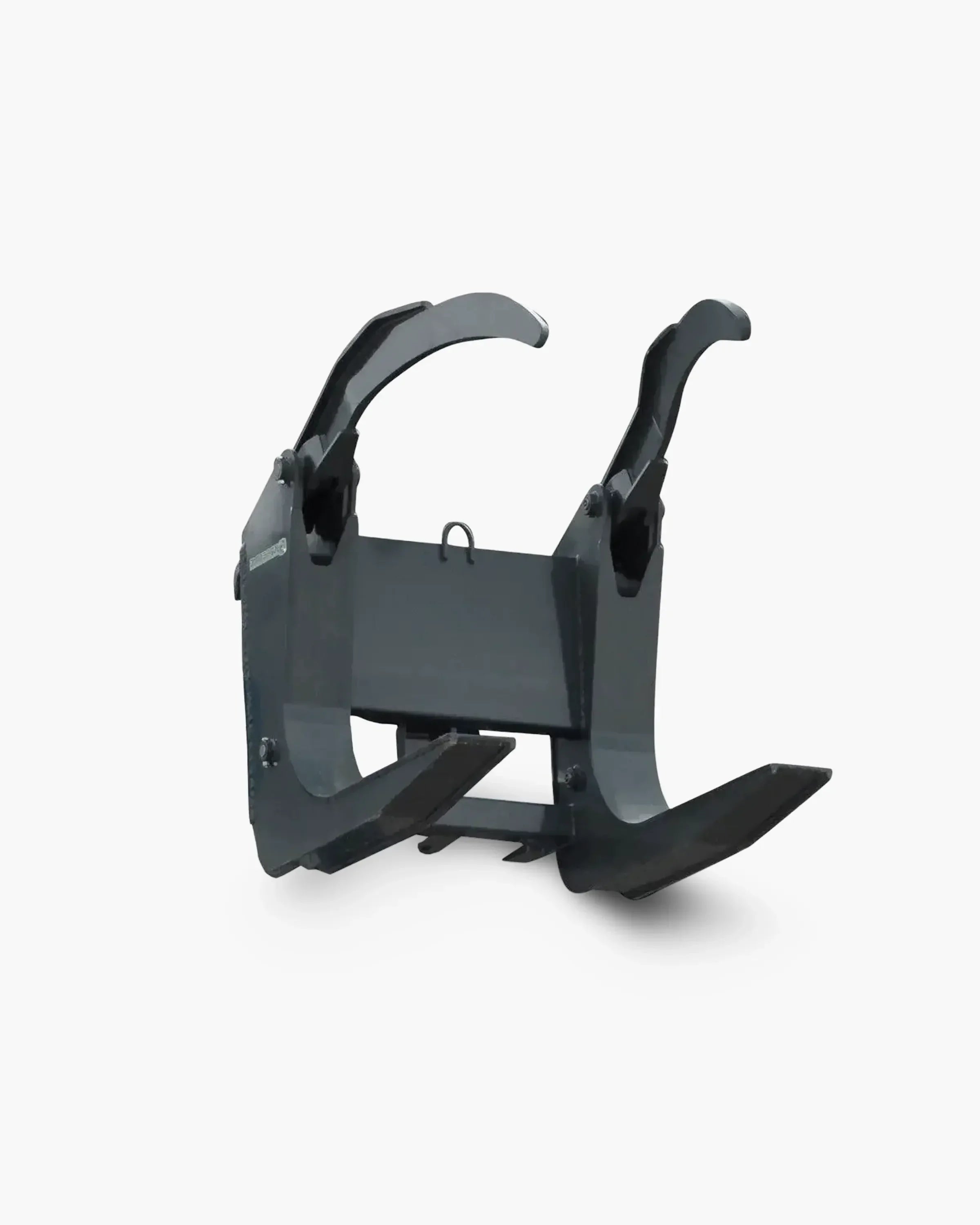
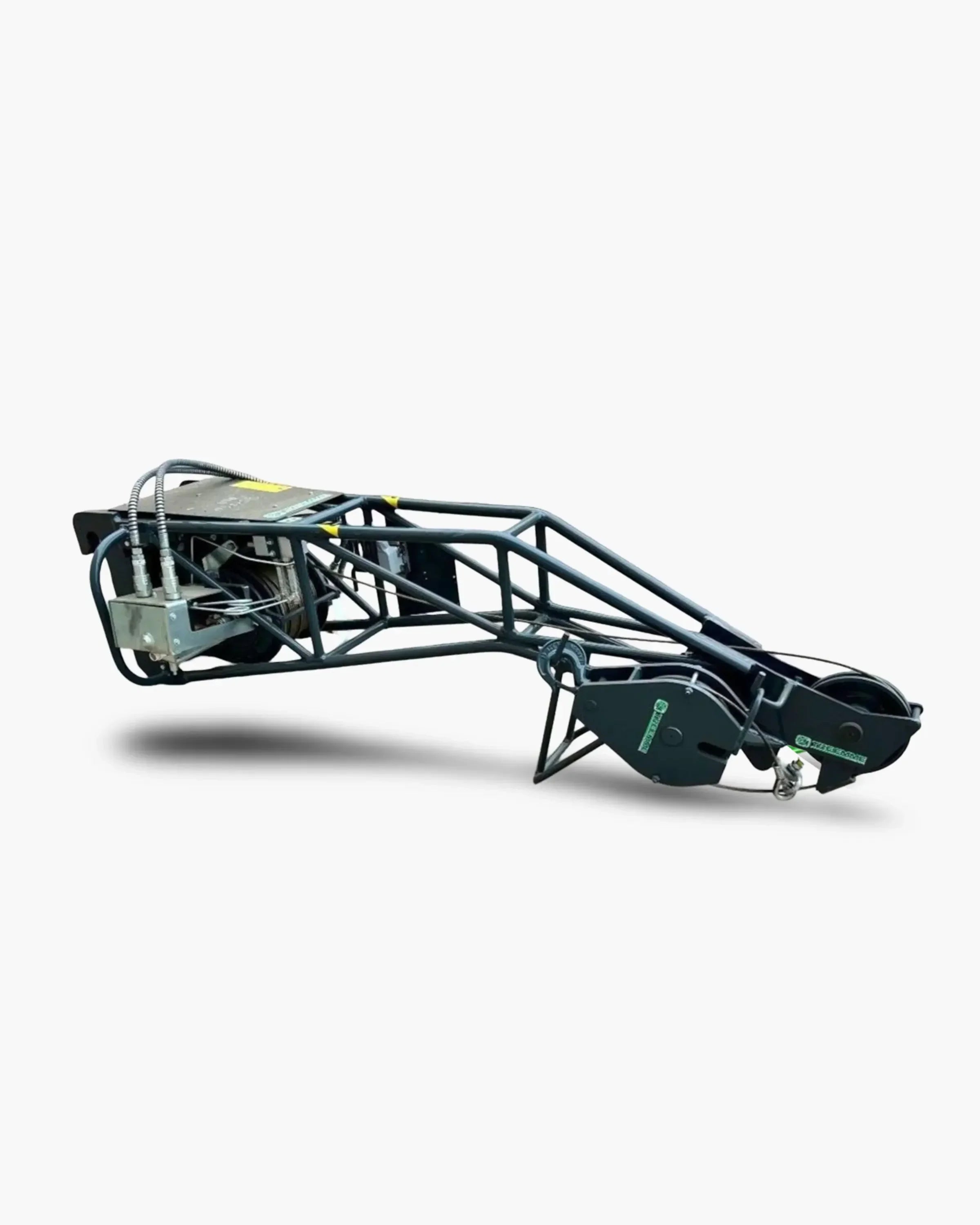

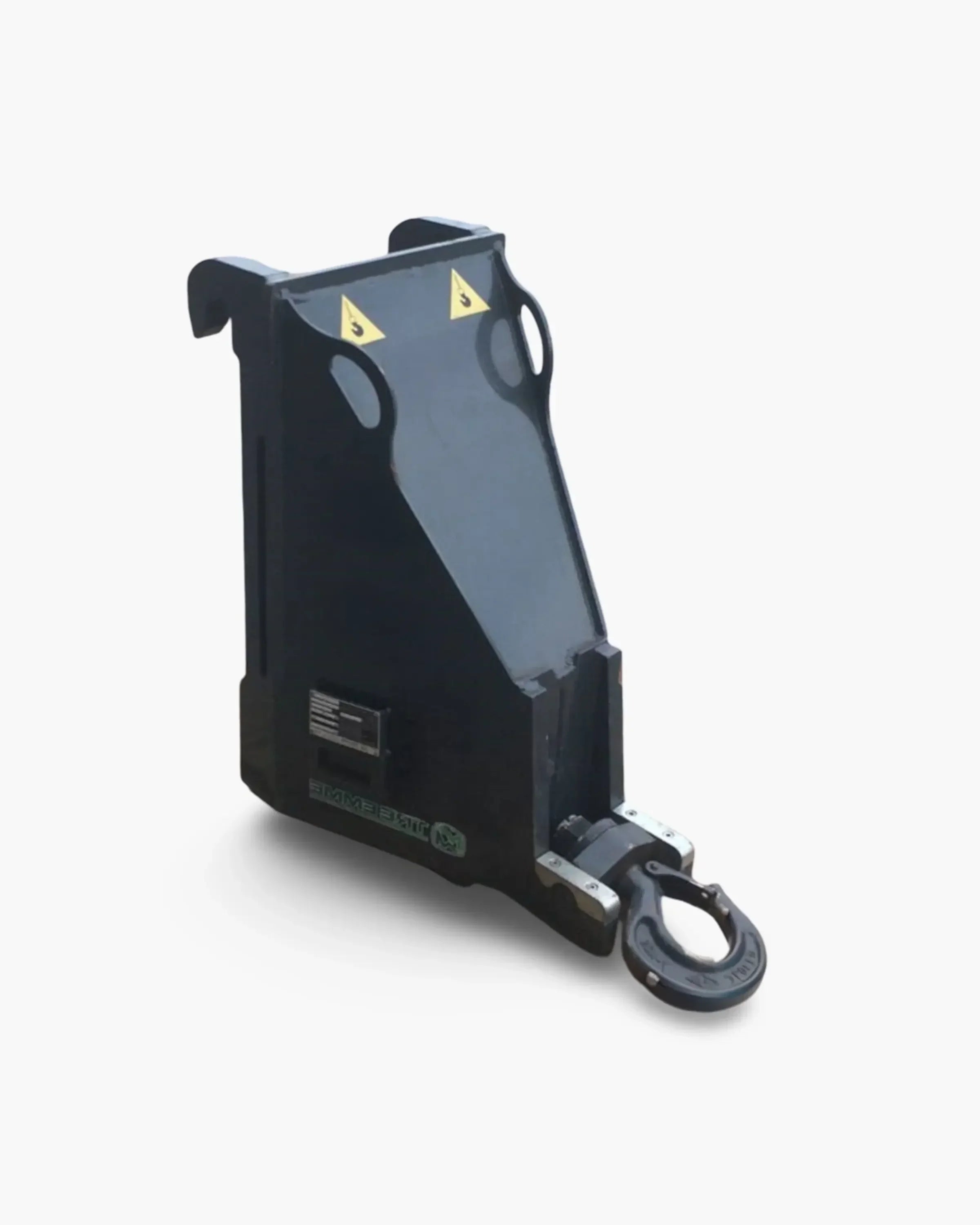
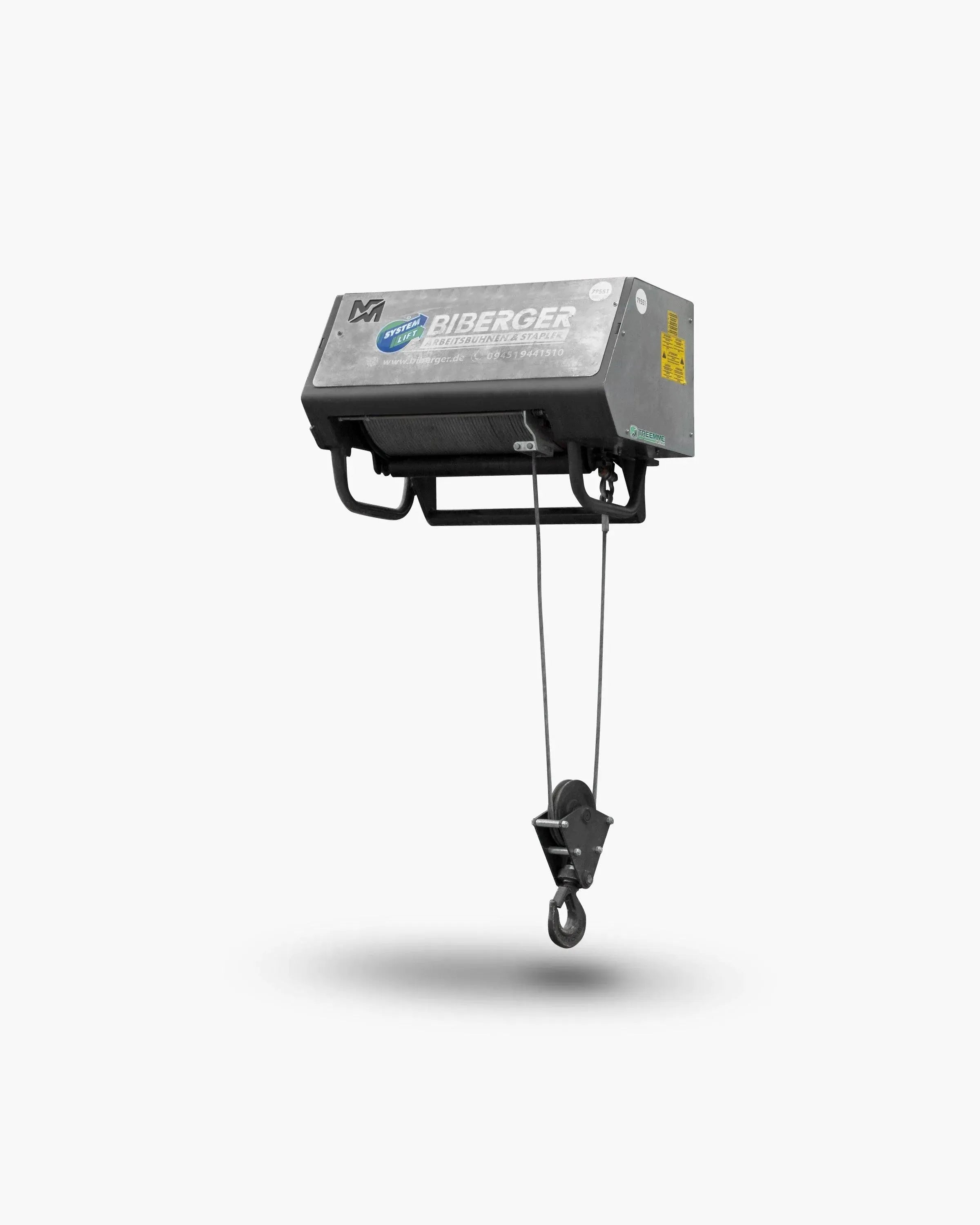
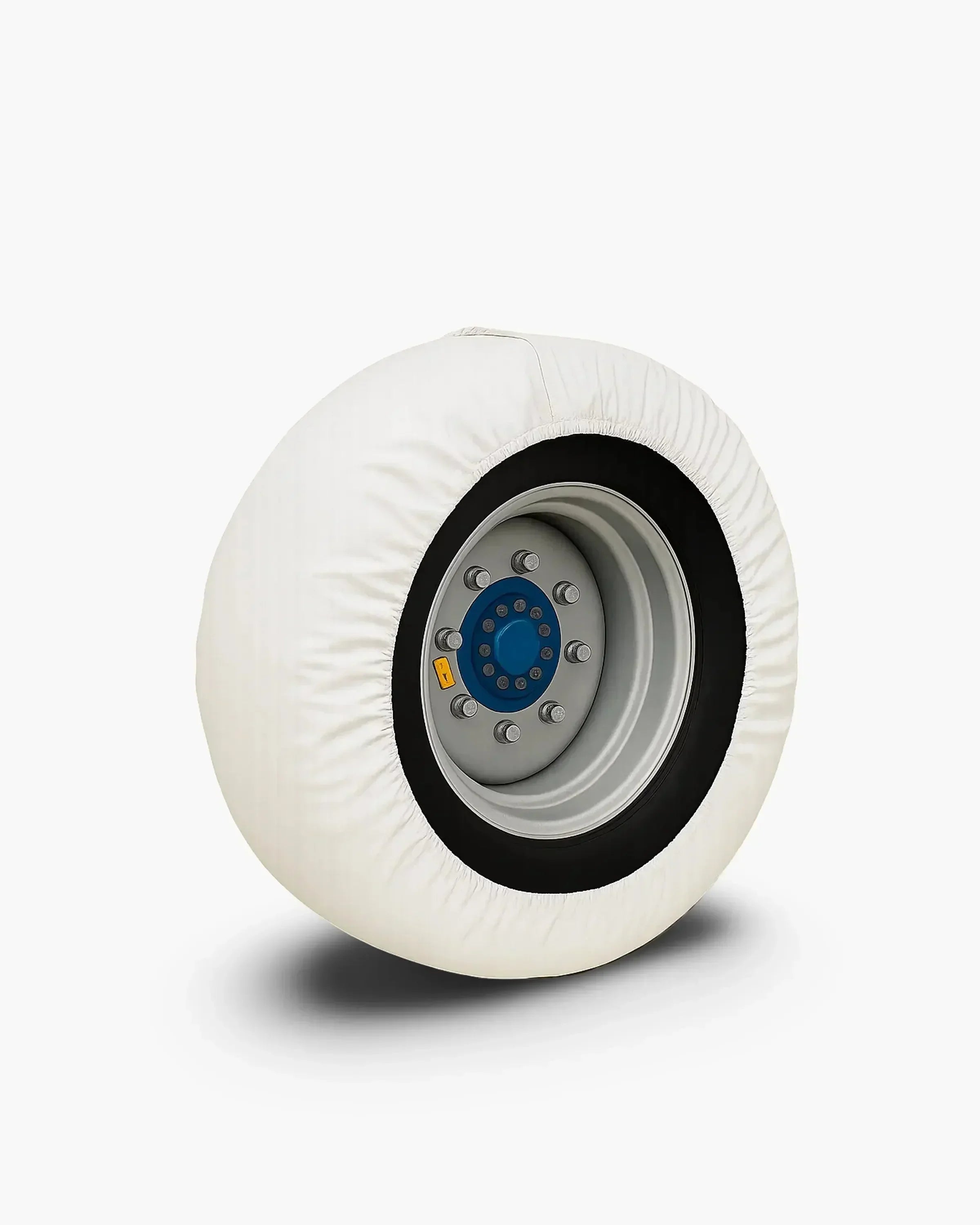


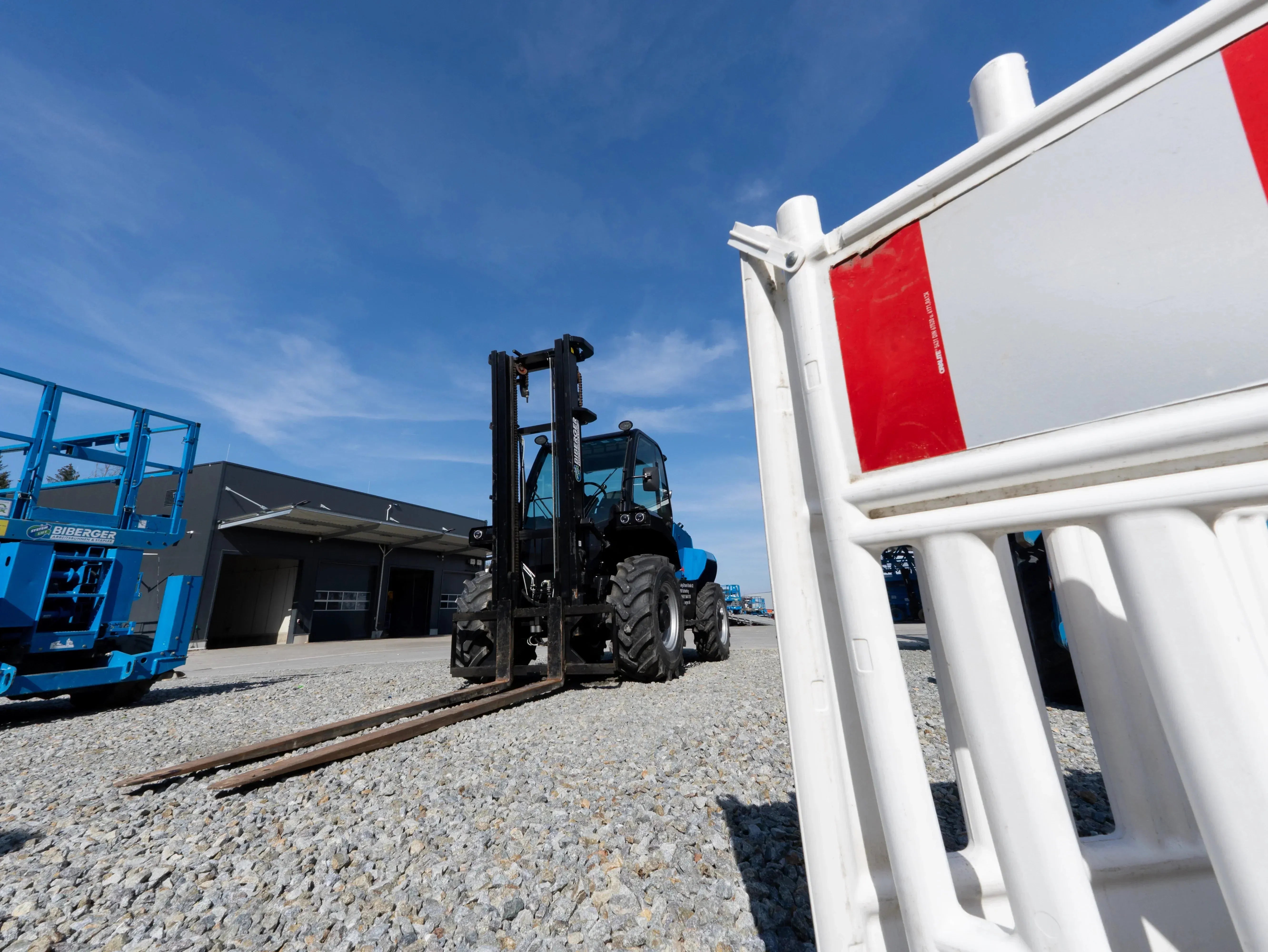

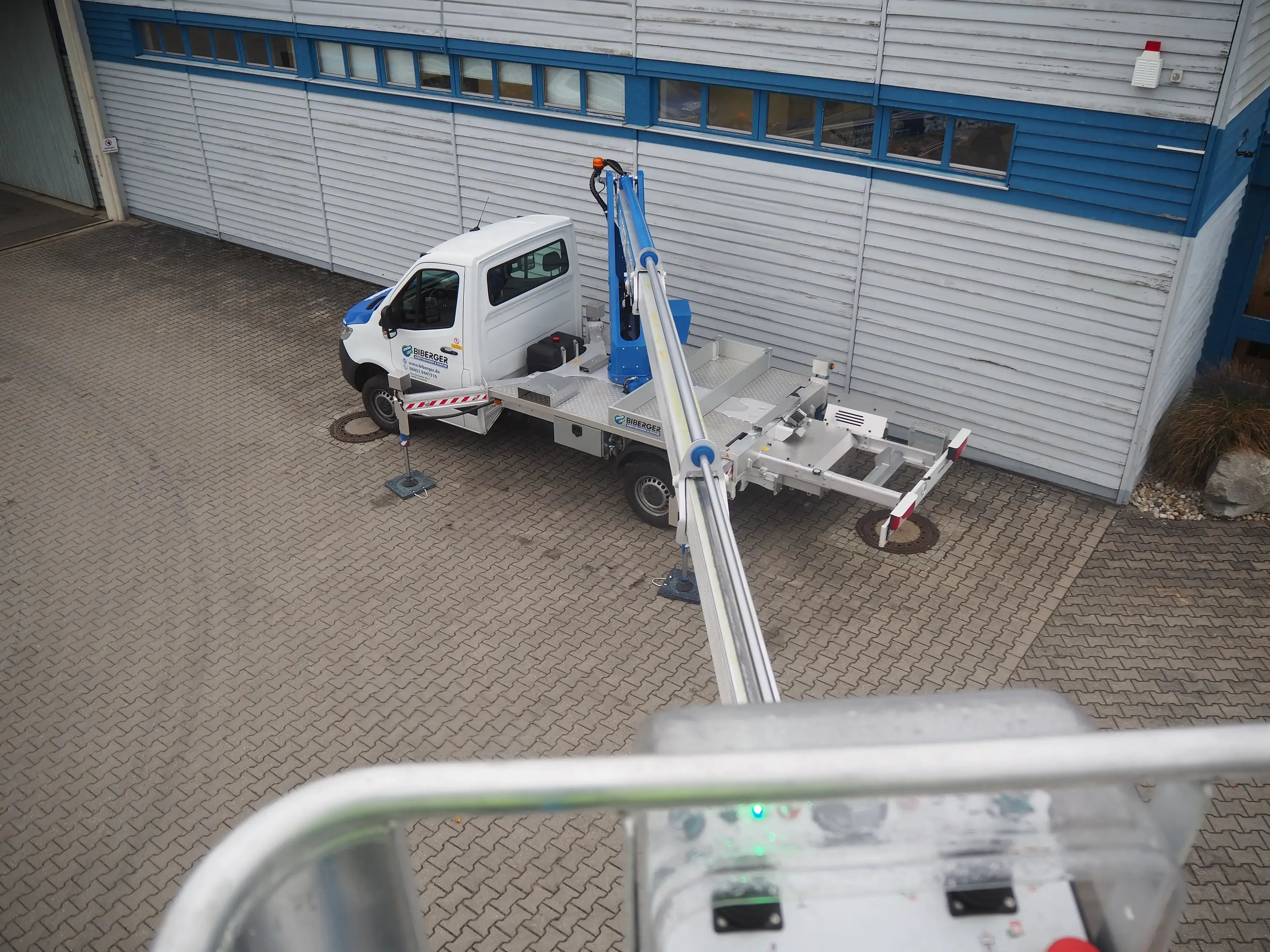


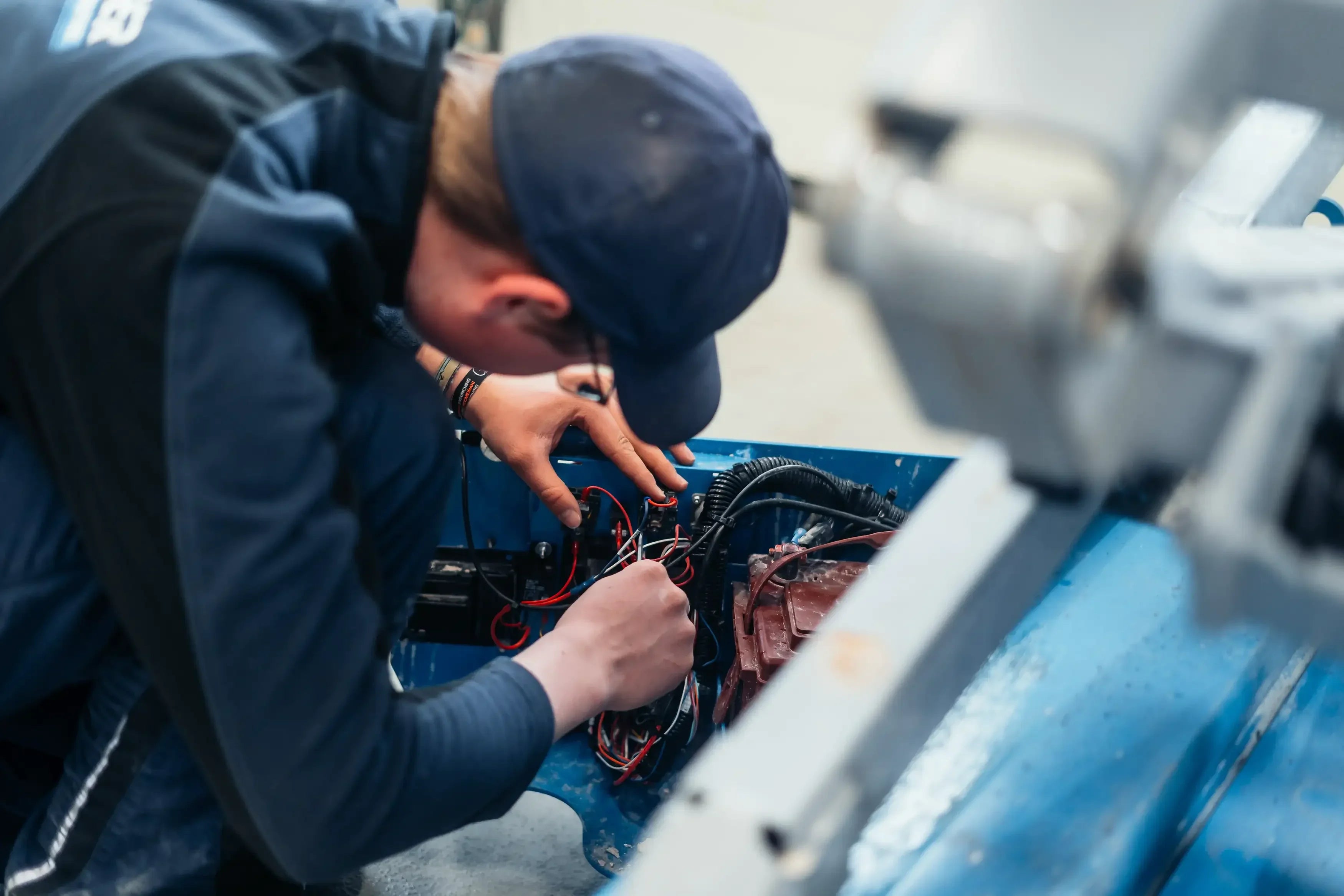
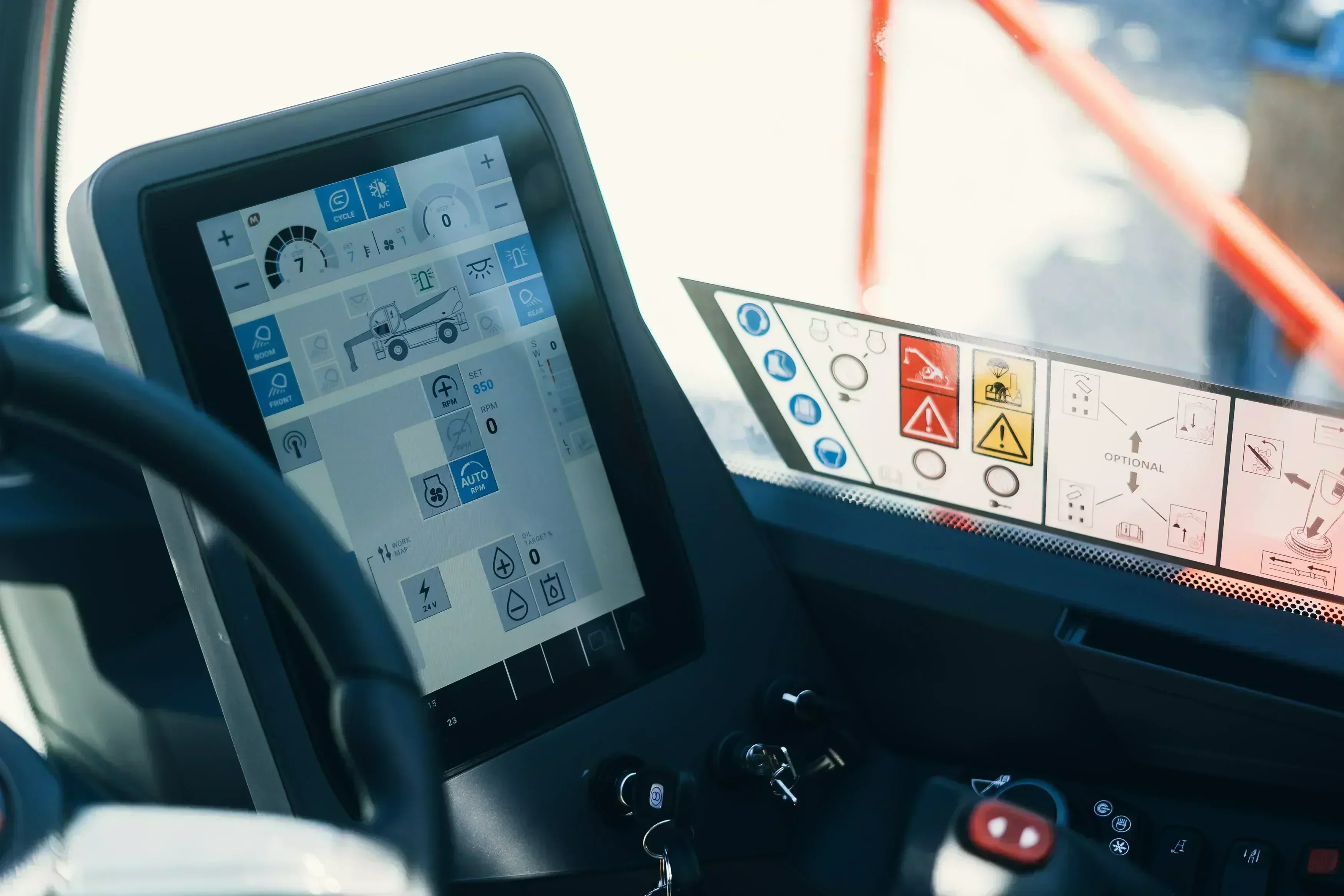
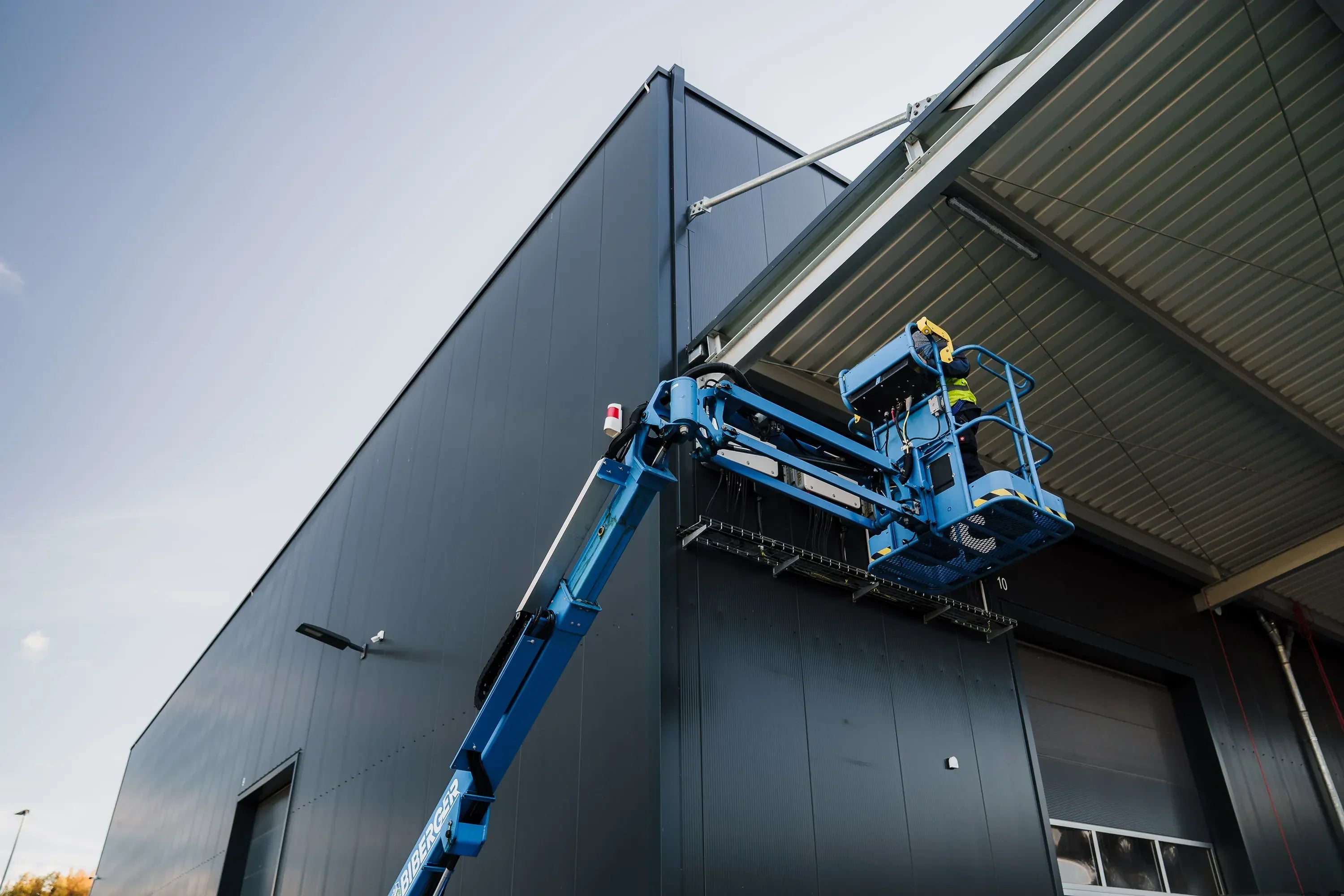
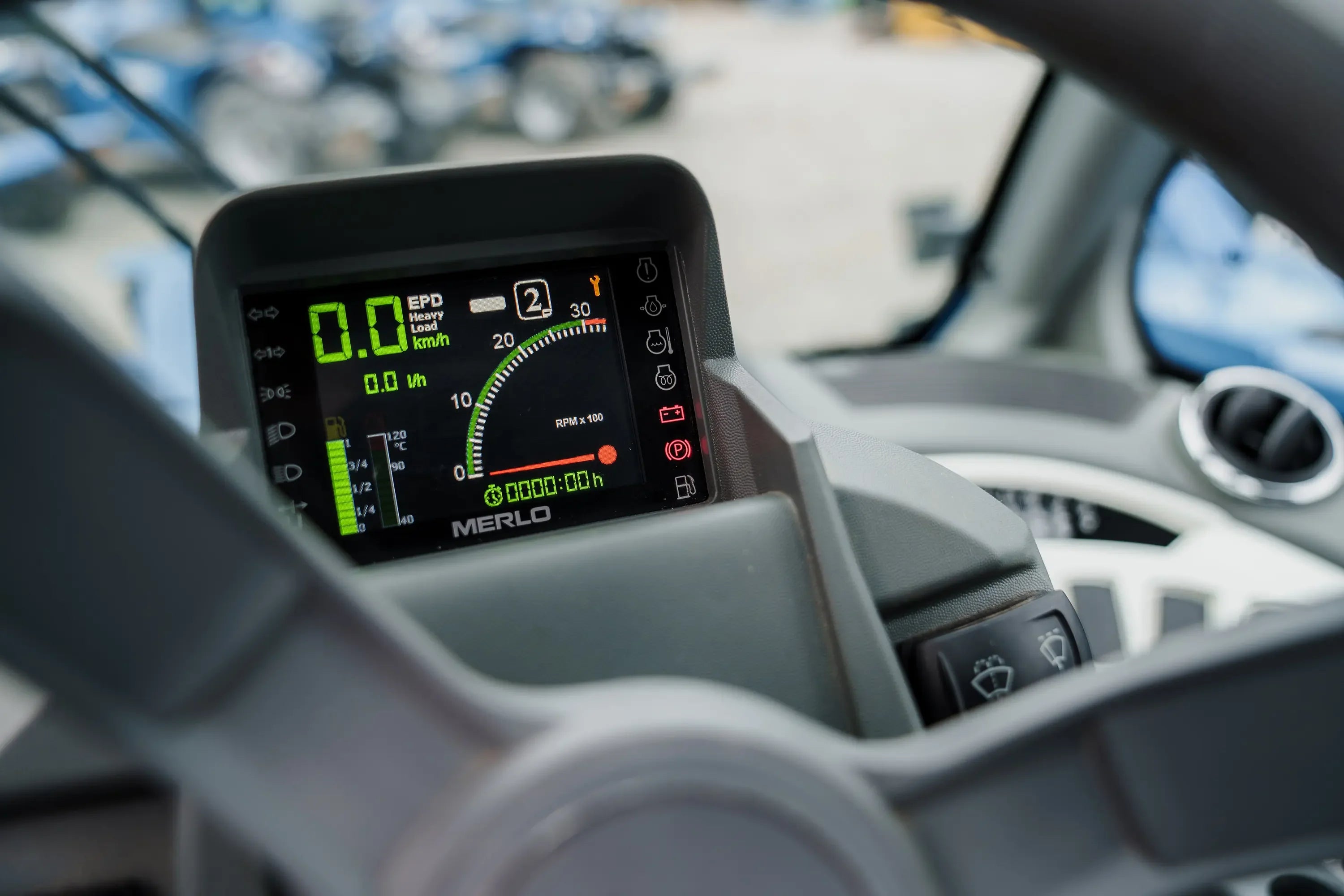
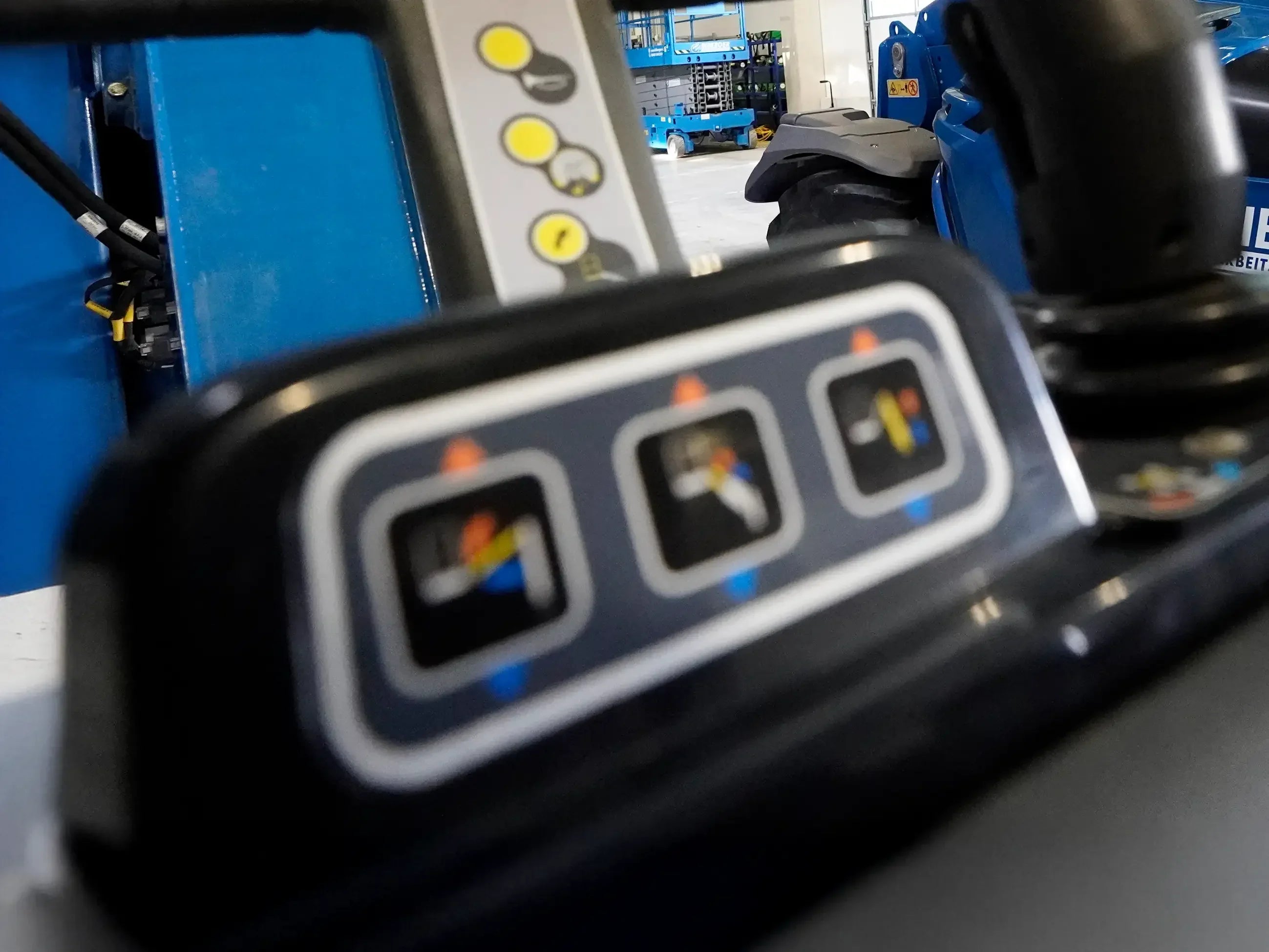






Share:
Working close to traffic? How to use work platforms safely
Driving and maneuvering telescopic work platforms safely: How to do it right
Our editorial quality standards
The subject content on biberger.de are editorially created, reviewed, and continuously updated. The basis is our daily work with aerial platforms, telehandlers, and industrial trucks – in rental, sales, operational planning, and technical support.
Each article draws on real-world experience and is editorially reviewed for clarity, accuracy, and practical relevance according to expert criteria. Technical statements are regularly compared against current industry standards and best practices.
The aim of our publications is to make reliable specialist knowledge accessible and to offer guidance to users, decision-makers and industry partners. BIBERGER sees itself as an independent information platform for safe, economical and modern height access technology – well-founded, comprehensible and free from advertising influence.